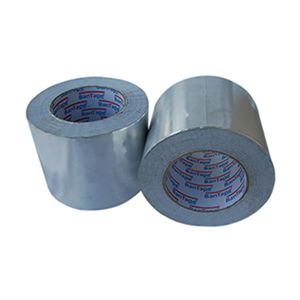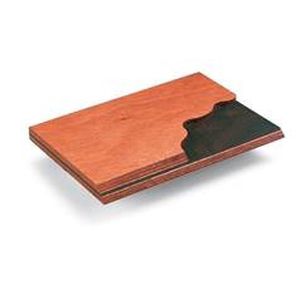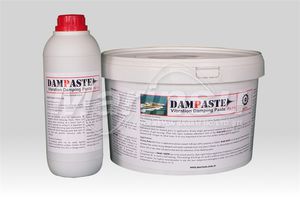
- Ship and boat building
- Materials and paints
- Ship partition wall sandwich panel
- Marinsu İzolasyon Sanayi ve Ticaret Ltd. Şti.
Ship partition wall sandwich panel damplate®soundproofingfor interior floorsaluminum
Add to favorites
Compare this product
Characteristics
- Applications
- for ship partition walls, soundproofing, for interior floors
- Core
- aluminum
Description
FEATURED PROPERTIES
Excellent damping ratio. Damping Loss Factor is greater than 0,426. For skin damping lightweight solution Superior acoustic insulation performance above 20dB Two versions of product is available up on application purposes for steel and aluminum surfaces. Electrostatic dry powder coating surface (standart RAL9010. Other colour upon request) Protective foil for coating surface Fire resistant viscoelastic layer EN AW 5754 (H22) aluminum and galvanized steel sheets Easy to install and quicker application process. Extended operating temperature range (-20→200 ºC) May be formed by shaping machine
DESCRIPTION
damplate® is a sandwich sheet, consists of two galvanized steel or aluminium (EN AW 5754 /H22) plates with a visco elastic layer. Two plates are not touching each other due to visco elastic layer in between the two plates. damplate® is right choice for steel or aluminum structures and it's components are subject to vibrations which transmitted as structure-borne sound waves. This composite material displays high structure-borne and airborne sound damping properties and particulary designed for reducing acoustic loads where noise avoidance or damping is either uneconomical or impossible for design reasons. The viscoelastic core layer absorbs vibrations by allowing slight relative movement between the cover sheets and converting the vibration energy into heat. Compared with conventional steel or aluminum, damplate® can reduce structure-borne sound levels by up to 20dB.
Catalogs
damplate
2 Pages
Other Marinsu İzolasyon Sanayi ve Ticaret Ltd. Şti. products
Products
*Prices are pre-tax. They exclude delivery charges and customs duties and do not include additional charges for installation or activation options. Prices are indicative only and may vary by country, with changes to the cost of raw materials and exchange rates.







